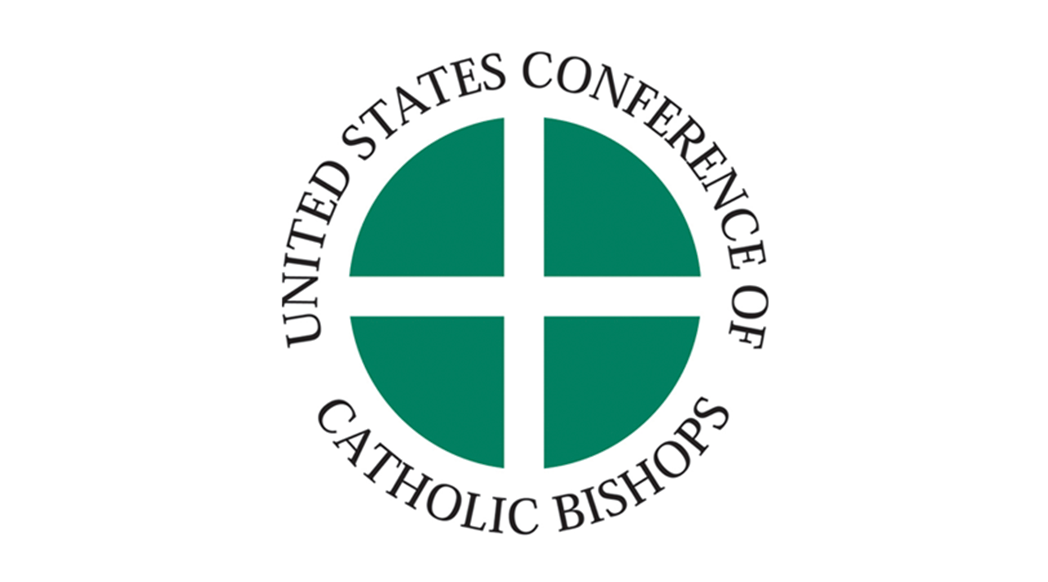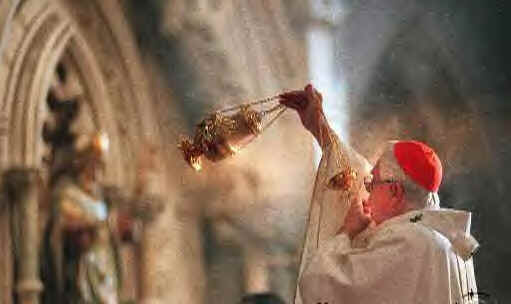The Learner
Well-Known Member

Pope clarifies remarks about homosexuality and sin
Pope Francis, in a letter to Jesuit Father James Martin, clarified remarks he had made during an interview with the Associated Press published Jan. 25....

Read the full text of the Vatican's declaration approving blessings for same-sex couples
The value of this document, however, is that it offers a specific and innovative contribution to the pastoral meaning of blessings, permitting a broadening and enrichment of the classical understanding of blessings.
 outreach.faith
outreach.faith
I. The Blessing in the Sacrament of Marriage
4. Pope Francis’ recent response to the second of the five questions posed by two Cardinals[4] offers an opportunity to explore this issue further, especially in its pastoral implications. It is a matter of avoiding that “something that is not marriage is being recognized as marriage.”[5] Therefore, rites and prayers that could create confusion between what constitutes marriage—which is the “exclusive, stable, and indissoluble union between a man and a woman, naturally open to the generation of children”[6]—and what contradicts it are inadmissible. This conviction is grounded in the perennial Catholic doctrine of marriage; it is only in this context that sexual relations find their natural, proper, and fully human meaning. The Church’s doctrine on this point remains firm.
5. This is also the understanding of marriage that is offered by the Gospel. For this reason, when it comes to blessings, the Church has the right and the duty to avoid any rite that might contradict this conviction or lead to confusion. Such is also the meaning of the Responsum of the Congregation for the Doctrine of the Faith, which states that the Church does not have the power to impart blessings on unions of persons of the same sex.
6. It should be emphasized that in the Rite of the Sacrament of Marriage, this concerns not just any blessing but a gesture reserved to the ordained minister. In this case, the blessing given by the ordained minister is tied directly to the specific union of a man and a woman, who establish an exclusive and indissoluble covenant by their consent. This fact allows us to highlight the risk of confusing a blessing given to any other union with the Rite that is proper to the Sacrament of Marriage.
II. The Meaning of the Various Blessings
7. The Holy Father’s above-mentioned response invites us to broaden and enrich the meaning of blessings.
8. Blessings are among the most widespread and evolving sacramentals. Indeed, they lead us to grasp God’s presence in all the events of life and remind us that, even in the use of created things, human beings are invited to seek God, to love him, and to serve him faithfully.[7] For this reason, blessings have as their recipients: people; objects of worship and devotion; sacred images; places of life, of work, and suffering; the fruits of the earth and human toil; and all created realities that refer back to the Creator, praising and blessing him by their beauty.
The Liturgical Meaning of the Rites of Blessing
9. From a strictly liturgical point of view, a blessing requires that what is blessed be conformed to God’s will, as expressed in the teachings of the Church.
10. Indeed, blessings are celebrated by virtue of faith and are ordered to the praise of God and the spiritual benefit of his people. As the Book of Blessings explains, “so that this intent might become more apparent, by an ancient tradition, the formulas of blessing are primarily aimed at giving glory to God for his gifts, asking for his favors, and restraining the power of evil in the world.”[8] Therefore, those who invoke God’s blessing through the Church are invited to “strengthen their dispositions through faith, for which all things are possible” and to trust in “the love that urges the observance of God’s commandments.”[9] This is why, while “there is always and everywhere an opportunity to praise God through Christ, in the Holy Spirit,” there is also a care to do so with “things, places, or circumstances that do not contradict the law or the spirit of the Gospel.”[10] This is a liturgical understanding of blessings insofar as they are rites officially proposed by the Church.
11. Basing itself on these considerations, the Congregation for the Doctrine of the Faith’s Explanatory Note to its 2021 Responsum recalls that when a blessing is invoked on certain human relationships by a special liturgical rite, it is necessary that what is blessed corresponds with God’s designs written in creation and fully revealed by Christ the Lord. For this reason, since the Church has always considered only those sexual relations that are lived out within marriage to be morally licit, the Church does not have the power to confer its liturgical blessing when that would somehow offer a form of moral legitimacy to a union that presumes to be a marriage or to an extra-marital sexual practice. The Holy Father reiterated the substance of this Declaration in his Respuestas to the Dubia of two Cardinals.
12. One must also avoid the risk of reducing the meaning of blessings to this point of view alone, for it would lead us to expect the same moral conditions for a simple blessing that are called for in the reception of the sacraments. Such a risk requires that we broaden this perspective further. Indeed, there is the danger that a pastoral gesture that is so beloved and widespread will be subjected to too many moral prerequisites, which, under the claim of control, could overshadow the unconditional power of God’s love that forms the basis for the gesture of blessing.
13. Precisely in this regard, Pope Francis urged us not to “lose pastoral charity, which should permeate all our decisions and attitudes” and to avoid being “judges who only deny, reject, and exclude.”[11] Let us then respond to the Holy Father’s proposal by developing a broader understanding of blessings.
Blessings in Sacred Scripture
Declaration Fiducia Supplicans On the Pastoral Meaning of Blessings (18 December 2023)
Declaration Fiducia Supplicans On the Pastoral Meaning of Blessings (18 December 2023)
www.vatican.va




